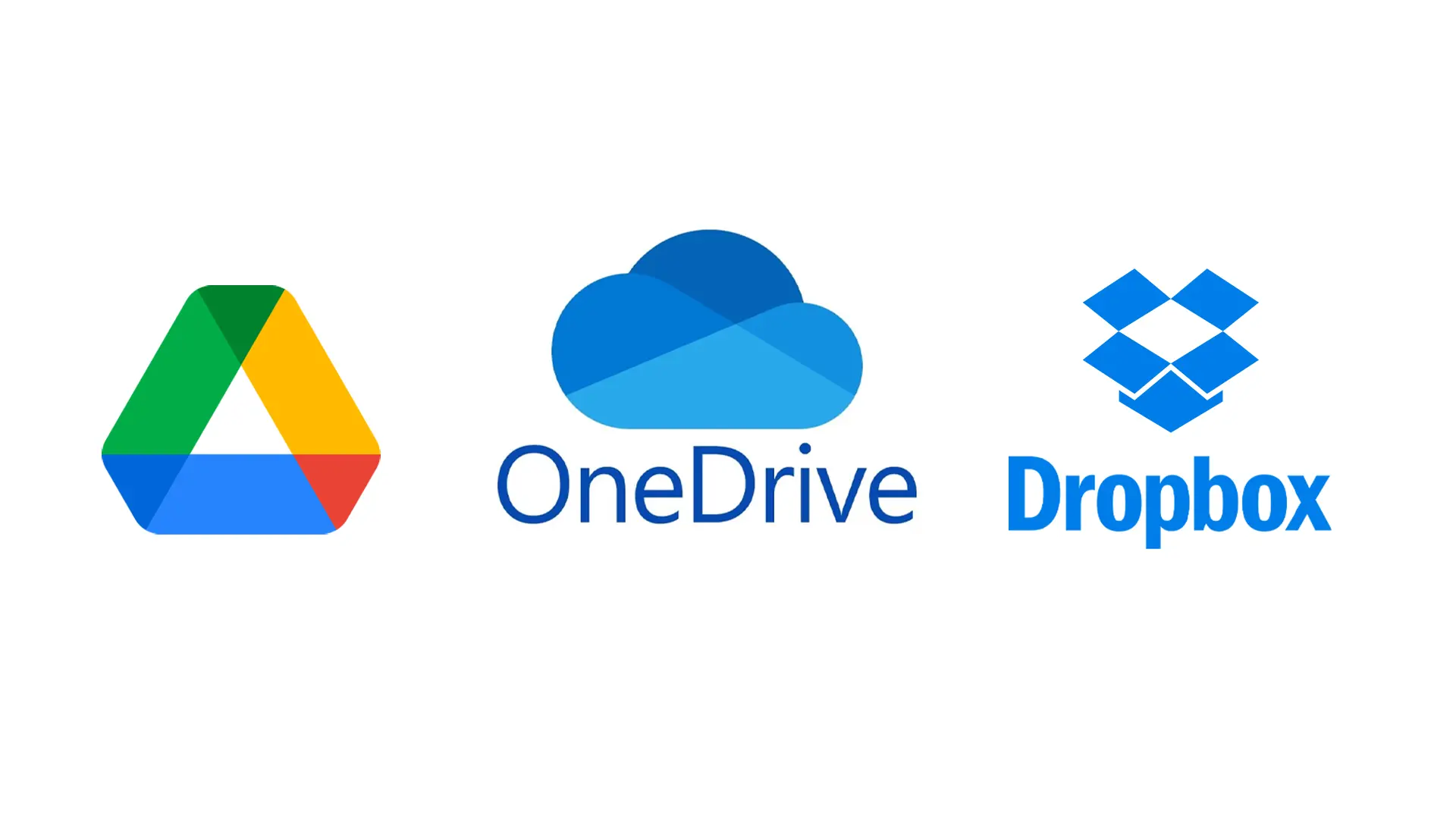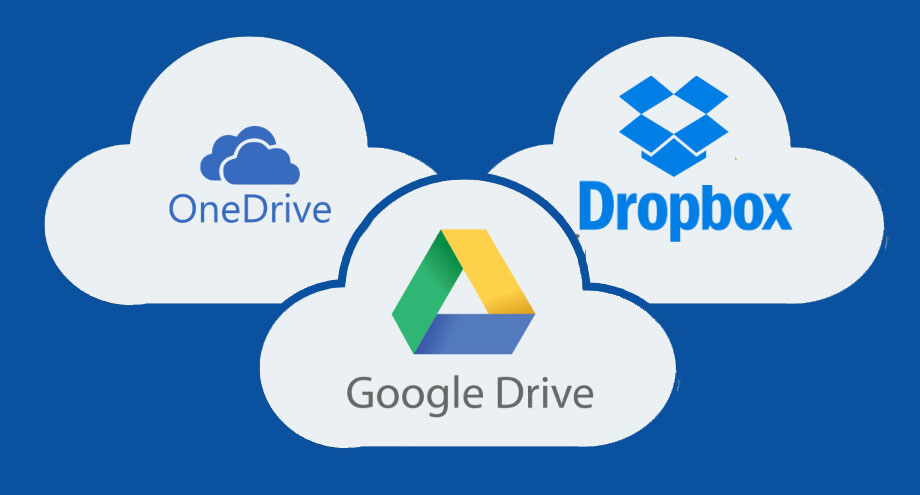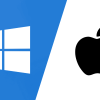Choosing the right cloud storage service has become crucial in our increasingly digital world, where seamless file access, collaboration, and security are paramount. The battle between Dropbox, Google Drive, and OneDrive continues to intensify as each platform evolves with new features and competitive pricing strategies.
These three giants dominate the cloud storage, each offering unique advantages that cater to different user needs. Google Drive excels in productivity integration with its comprehensive workspace tools and generous storage options up to 30 TB. OneDrive seamlessly integrates with Microsoft’s ecosystem, making it ideal for Windows users and Office enthusiasts. Meanwhile, Dropbox maintains its reputation for superior file synchronization and business-focused features, though at a premium price point.
The decision between these platforms isn’t straightforward, as each service targets specific user demographics. Creative professionals gravitate toward Google Drive for its excellent video playback and collaboration features. Business users often prefer Dropbox for its advanced security options and eSignature functionality. Windows users naturally lean toward OneDrive due to its pre-installation and Office integration.
Understanding the nuances of pricing, storage capacity, security features, and performance differences is essential for making an informed choice. This comprehensive comparison will examine each platform’s strengths and weaknesses, helping you identify which cloud storage solution aligns best with your personal or professional requirements in 2025.
Pricing and Storage Plans Comparison
The cost structure varies significantly across these three platforms, with each targeting different market segments. Dropbox positions itself as the premium option, charging $9.99 monthly for 2TB of storage. This pricing strategy reflects its focus on professional users who prioritize advanced features over cost-effectiveness.
Google Drive and OneDrive offer more competitive pricing at $8.33 per month for similar storage capacity. Google Drive provides exceptional value with storage options extending up to 30TB, making it ideal for users with extensive storage needs. The platform’s business plans range from $6 per user monthly for 30GB to $18 per user monthly for 5TB.
OneDrive’s pricing structure integrates closely with Microsoft 365 subscriptions, starting at ₹145 per user monthly for basic plans and scaling to ₹770 monthly for comprehensive business features. This integration provides excellent value for organizations already invested in Microsoft’s ecosystem.
For individual users, Google Drive offers 15GB of free storage, while OneDrive provides 5GB, and Dropbox includes only 2GB in its free tier. These free allowances significantly impact the initial user experience and long-term cost considerations.
Performance and Synchronization Features
Speed performance reveals interesting disparities between these platforms. Dropbox demonstrates superior upload speeds, completing a 3GB test file upload in 21 minutes compared to Google Drive’s 31 minutes. However, download speeds remain relatively comparable, with Google Drive completing downloads in 1.4 minutes versus Dropbox’s 1.5 minutes.
Synchronization capabilities vary substantially across platforms. Dropbox offers advanced block-level sync, which synchronizes only modified portions of files rather than entire documents. This feature significantly reduces bandwidth usage and sync times for large files. Google Drive lacks this functionality, potentially impacting performance for users frequently editing large documents.
OneDrive provides SmartSync functionality, allowing users to designate files as “online only” to conserve local storage space. This feature proves particularly valuable for users with limited device storage who need access to extensive cloud libraries.
File versioning capabilities differ notably between platforms. While both Dropbox and Google Drive maintain a 30-day file history, Google Drive stores up to 100 versions compared to Dropbox’s unlimited versions within the timeframe. Dropbox’s premium plans extend versioning periods to 180 days or even one year for business users.
Security and Collaboration Features

Security implementations showcase each platform’s approach to data protection. All three services employ AES 256-bit encryption for data at rest. However, none offer client-side encryption, meaning the providers retain theoretical access to user files.
Dropbox and OneDrive excel in advanced security features, offering password protection for shared links and download limits. Google Drive focuses more on seamless sharing and collaboration, sometimes at the expense of granular security controls.
Collaboration tools represent a significant differentiator. Google Drive leads with its integrated workspace featuring real-time document editing, commenting systems, and seamless integration with Gmail and Calendar. The platform’s collaborative features make it ideal for editorial teams and remote workers.
OneDrive’s strength lies in Microsoft Office integration, providing native editing capabilities for Word, Excel, and PowerPoint documents. This integration creates a cohesive workflow for organizations heavily reliant on Microsoft’s productivity suite.
Dropbox emphasizes business collaboration through features like eSignature functionality, branded file sharing, and advanced folder permissions. These capabilities position it as the preferred choice for professional environments requiring sophisticated document management.
Final Verdict and Recommendations
The optimal choice depends entirely on your specific use case and existing technology ecosystem. Google Drive emerges as the best solution for most users, offering excellent value, generous storage options, and superior collaboration tools. Its integration with Google’s ecosystem makes it ideal for creative professionals and teams prioritizing seamless collaboration.
OneDrive serves Windows users and Microsoft Office enthusiasts exceptionally well, providing seamless integration and familiar interfaces. The platform’s competitive pricing within Microsoft 365 bundles offers excellent value for businesses already committed to Microsoft’s ecosystem.
Dropbox justifies its premium pricing for users requiring advanced security features, superior sync performance, and professional-grade business tools. Its block-level synchronization and extended file versioning make it worthwhile for power users and businesses handling large files frequently.




